This is a perfect month to reflect and take a good look in your bathrooms to see what you can do to reduce some waste. Making a start can be overwhelming, that’s why we have assembled some ideas to help you begin.
November is a month to step up our efforts to reduce our waste with the global campaign: No Waste November. This campaign was initiated in 2017 by the Jane Goodall Institute to raise awareness of waste issues and commit to reducing waste for November. This month also the big climate conference COP26 is taking place in Glasgow, outcomes of which will be monumental for the future of our planet.
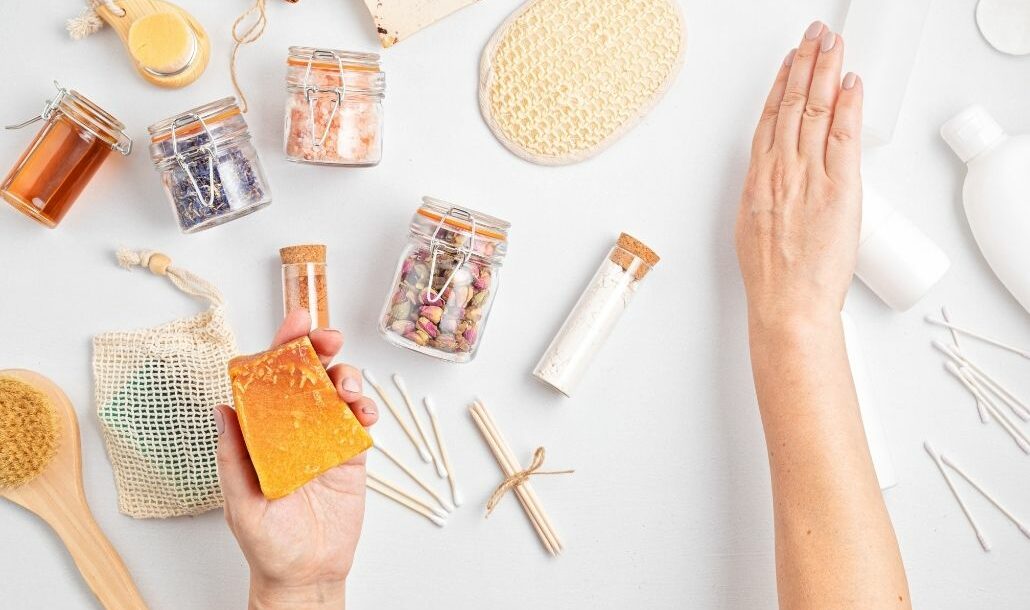
Consumers want planet-friendly products
Another exciting development in the field of sustainable cosmetics is taking place during the COP26: the launch of the Planet Positive Beauty guide by the Sustainable Beauty Coalition (SBC), initiated by the British Beauty Council. It is no surprise that consumers today are leaning towards products that do not cause harm to our planet. Consumers want to know how sustainable brands and their products are. A new study done by Cult Beauty & Provenance found that 48% of consumers are looking for more information and clarity about brands’ values and commitments to the environment.
There’s also growing confusion about which ingredients are actually environmentally friendly and which only pretend to be, this study found. The top issues that shoppers are interested in were ingredients, recyclability of packaging, and animal welfare. A survey done by the British Beauty Council shows that 42% of the consumers feel guilty about the environmental impact of their beauty purchases and nearly half want to know more about how the brands they buy impact the environment.
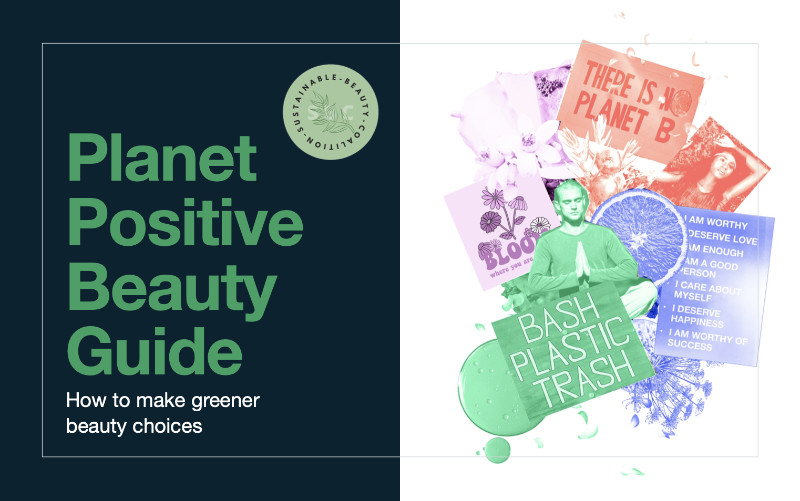
Planet Positive Beauty Guide
To help us navigate this jungle of empty claims and complicated ingredients, the Sustainable Beauty Coalition has created a Planet Positive Beauty Guide: a one-stop source featuring easy-to-digest information to help consumers make greener beauty choices. As a consumer you can get information regarding:
| Ingredients: Ingredients can be one of the most confusing parts of this problem. Half of the words in the list of product ingredients are impossible to understand. This section of the guide breaks down common terms including ‘organic’, ‘vegan’, and ‘cruelty-free’. It also highlights certifications that you should look out for such as the ‘Zero Plastic Inside’ Logo for microplastic-free brands. | |
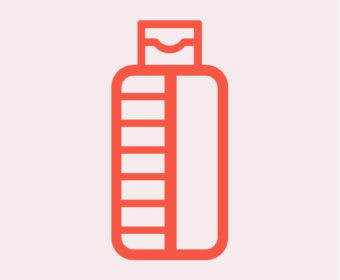 |
Packaging: With 95% of packaging thrown away, packaging is one of the biggest sustainability challenges facing the beauty industry. This section helps shoppers understand key packaging terms such as ‘biodegradable’, ‘recyclable’, and ‘plastic free’ and gives practical tips to help consumers make better choices and avoid waste going to landfills. |
 |
People: Whilst the planet is at the heart of sustainability, you cannot get there without a fair and sustainable society. People are at the heart of this, and planet-positive brands have a responsibility to society, too. This section highlights the key terms, including ‘fair tax’ and ‘living wage’, to help shoppers support brands and products that treat people fairly. |
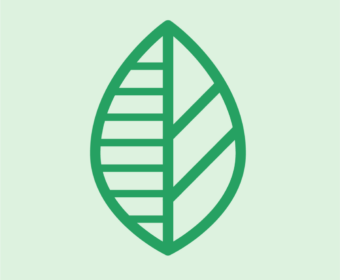 |
Sustainable Sourcing: Sustainable sourcing is more than ingredients and packaging; it brings together the elements needed to make the world a fairer place to live and work in. Key terms explored in this section include ‘carbon footprint’, ‘biodiversity’, and ‘net-zero’. |
You can download the Planet Positive Beauty Guide here.
No Waste November: no better time than right now!
What better time than right now to start making some changes to how we buy and use our personal care and cosmetic products. To give you a boost, we have gathered some tips here:
- Finish products before throwing them away and only buy what you need: get into skinimalism. Watch our IGTV talk to learn more.
- Switch to products with packaging made from glass, aluminium, or stainless steel where possible.
- Support local small-scale brands who are really trying to make a difference.
- Look for ‘naked products’ with a minimal amount of packaging or none at all (think shampoo bars or Konjac sponges).
- Buy products that use refillable and reusable packaging. Watch our talk with Jo Chidely from Beauty Kitchen to learn more about this.
- Send unwanted products and gifts to a food bank, charity, or community group.
- Give DIY a try, making your own products is simpler than you think. Check out Formula Botanica for some tips.
Lastly, the Beat the Microbead app is always there to help you avoid products with microplastic ingredients. It’s impossible to remember the names of hundreds of plastic ingredients used in our personal care and cosmetic products. Using this app is the fastest way to know if your cosmetics have plastic ingredients.
You might also like:
→ Get to know microplastics in your cosmetics – Part II
→ Sign this petition and ask the EU to ban microplastics in cosmetics
→ Plastic-free beauty: the new normal!

